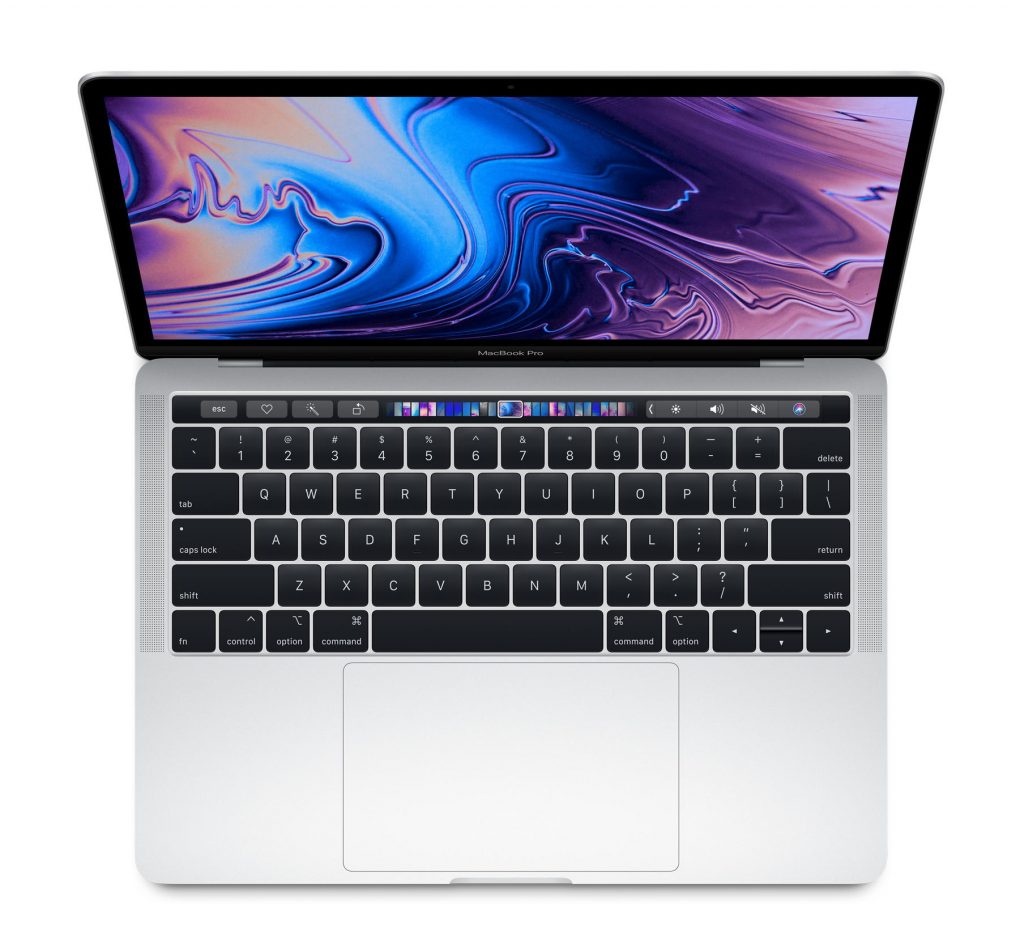Here’s a little Halloween computer story which is quite possibly real and most definitely concerning.
Add in another story involving Adobe incompetence.
I have a pretty poor opinion of Adobe software. Flash and Reader are two of the worst security problems on any computer, and my honest advice is not to install either.
These days there are few things one really needs Reader for. Macs, Windows 8, and Linux systems all come with perfectly competent PDF reader applications; under Windows 7 there is the well regarded Foxit reader which is free and has a better track record. The only times I have ever needed Adobe Reader are
- reading encrypted PDFs used for inter-library loans
- printing some Royal Mail prepaid mail envelopes
so I tend to think that most people are fine without it. If you must install Reader, make sure it’s not the default PDF reader and stop it from installing its web browser plugin. On the Mac this is a tedious manual process – you have to manually remove it from /Library/Internet Plug-ins/ after each update. Another reason to avoid it!
Flash is known as a security disaster, and hopefully its failure on mobile devices will lead to its eventual demise. However for the moment it’s still out there and at times necessary. My preferred solution for some time was to use Safari as my default browser, with no Flash plugin installed, and have Google Chrome as the backup browser. Chrome has its own internal Flash install which is sandboxed and auto-updates. Even then I would use a plugin blocking extension so that Flash objects would only work when clicked on.
Newer versions of Safari on the Mac now have more granular control on which websites can use plugins, so combined with the ClickToPlugin Safari extension a Safari-only option is more tolerable. Under OS X Mavericks Safari also sandboxes Flash, which will help, but is not a universal panacea as sandboxes can be broken too.
In case you’re wondering why I’m so paranoid, a common infection vector for malware is the insertion of exploit code in either Flash objects, or even tiny PDFs, embedded in web pages. These can affect perfectly legitimate sites too – either the site is hacked, or a third party advert or content service the site uses is compromised; either way you could end up with these malicious objects running when you visit a web page. Hence it’s best to minimise the attack ‘surface area’ as much as possible!
In a future post I’ll talk about some more security matters, including passwords. Meanwhile, as they used to say on Hill Street, Let’s be careful out there.
